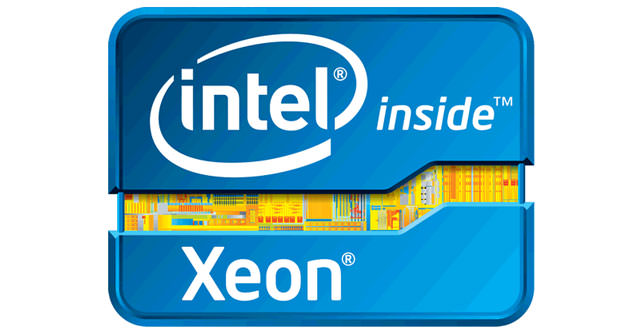Intel announces Xeon Cooper Lake processors: up to 56 cores with focus on AI
Intel announced the launch in 2020 of the new Xeon processors with the new Cooper Lake architecture, designed to reach up to 56 cores and equipped with new instructions to manage specific aspects of applications for artificial intelligence.
Intel has announced the next architecture for the Intel Xeon Scalable processor family: it’s called Cooper Lake and will offer up to 56 cores per socket. The new architecture will boast new instructions created specifically to support workloads based on artificial intelligence.
Intel Cooper Lake: 56 cores per socket for artificial intelligence
The new Intel processors with Cooper Lake architecture will offer up to 56 cores, a higher memory bandwidth and a better ability to manage neural network training compared to current solutions on the market.
The current Intel offer already includes a 56 core processor: the Xeon Platinum 9282, part of the Intel Xeon Scalable Processor 9200 platform already on the market. This processor is unique in more than one sense, since it is sold exclusively as part of the S9200WK module and is soldered to it, while the new processors will be on socket.
The increase in the number of cores of the new processors of the future Xeon Platinum series does not take place thanks to a completely new production process: Intel has used the 14nm++ process, an improvement on the one already in use for the previous series (14nm) and capable to guarantee lower consumption.
The refinement of the production process has allowed Intel to increase the number of cores by offering the processor in a standard format. Compatibility at platform level with the future 10 nm architecture will be guaranteed.
In addition to the increased number of cores, the main novelty of the new Cooper Lake processors lies in the new bfloat instructions16: these instructions are useful to more simply manage the development of some functions and to reduce energy consumption in such cases.
Going further into technical detail, bfloat16 makes it possible to represent 16-bit floating point numbers with a smaller base and a larger exponent than traditional instructions for 16-bit floating point numbers.
Exponents are represented as in 32-bit numbers, which leads to having the same granularity in representable numbers: this clearly simplifies the transition from one typology to another, thus simplifying development.
The first processors with the Cooper Lake architecture will be placed on the market in the first half of 2020 and details on the available configurations, and prices are not yet known. Given Intel’s current strategy, it is legitimate to expect that versions with a greater number of cores will be destined exclusively for multiprocessor systems.

